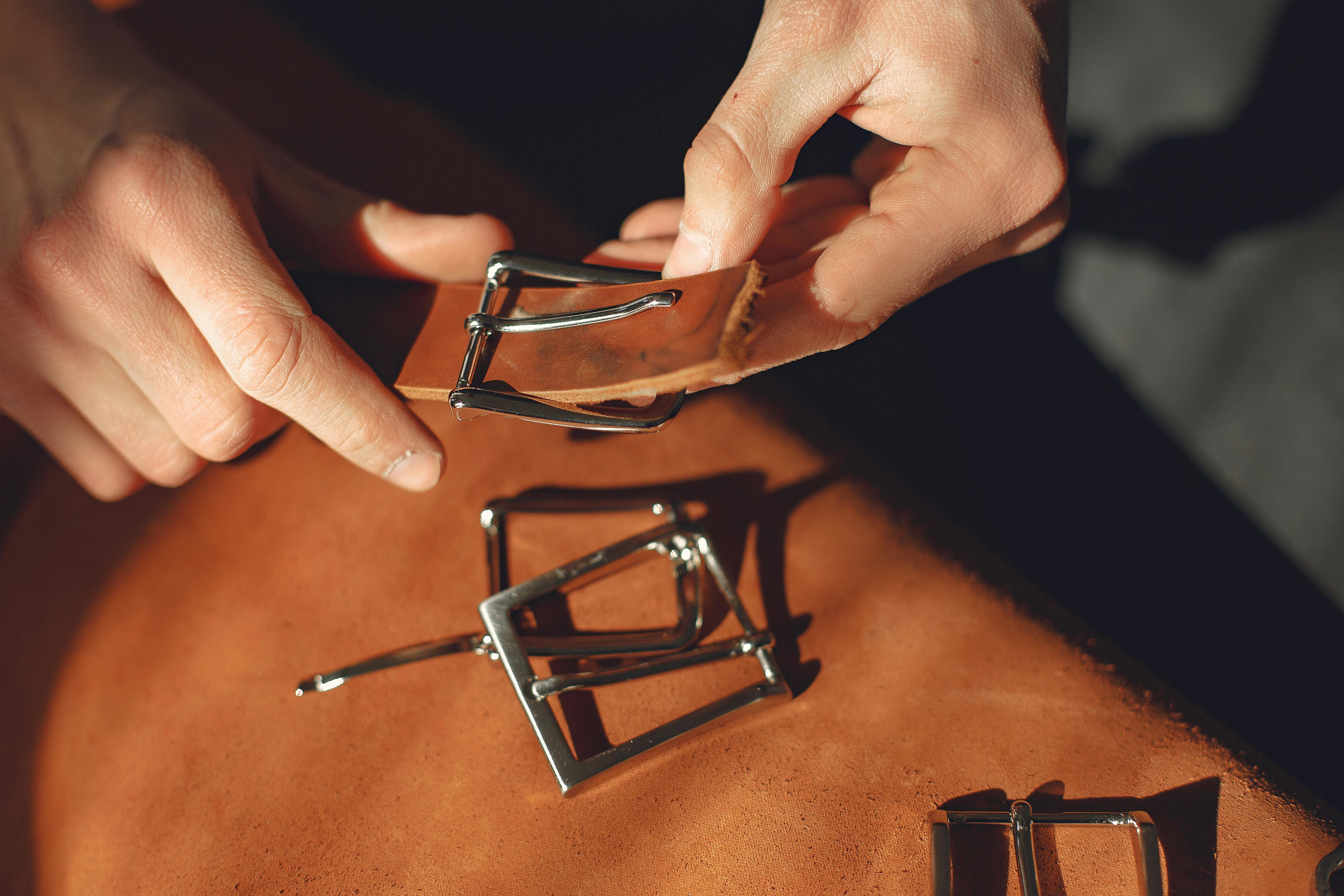One of the most common reasons for continued nasal congestion despite allergy medications and even nasal surgery is due to weak nasal passages. Your nose comes in various shapes and sizes, but having naturally thin nostrils or weakened nostrils after rhinoplasty can lead to weak nostrils that collapse even during quiet inspiration.
Unfortunately, many people undergo a number of different medical treatments with allergy sprays or even surgery before this condition is considered.
There are three easy ways to tell if you have weak nasal passages:
1. Look in the mirror and take a deep breath through your nose. Do the side walls of your nostrils collapse when you inhale?
2. Place your index finger right next to your nostrils on both sides. While gently pushing to each side, pull the cheek skin up and away from the nose, toward the outer corners of the eyes. Inhale and notice how you feel.
3. Remove the cotton ends of two Q-Tips and place the thin end inside your nose and lift up and to the sides. Take a deep breath. Has your breathing improved a lot?
A very important point to keep in mind here is that the internal congestion of the nose can also determine how much the nostrils will collapse. Think sucking through a flimsy straw. If you pinch the center slowly, the end will collapse as airflow increases. The same goes for your nostrils. In many cases, properly addressing intranasal allergies or a deviated septum and enlarged turbinates will prevent the nasal passages from collapsing.
If you use over-the-counter decongestants like Afrin or Sudafed and you can breathe much easier, you should treat the inside of your nose first. But if you still have nasal congestion and it’s obvious that your nostrils are collapsing, then you have weak nostrils or nasal valve collapse. Lifting the nostrils by parting the cheeks or using Q-Tips is a good test to see if you have this condition.
If treating your allergies, deviated septum, or enlarged turbinates doesn’t help, there are two main ways to treat this problem:
1. Nasal dilator devices.
These come in two varieties: external and internal.
External devices are mainly over-the-counter adhesive strips that are attached to the nostrils on the outside and separate the nostrils. This works for most people, but for some people with thick or oily skin, it may not work as well.
Internal nasal dilator clips. There are several of these devices, including Nozovent, Sinus Cones, Breathewitheez, and Brez. You can find any of these devices online.
2. Surgery
The most common way to manage this surgically is through a functional nasal reconstruction procedure, using rhinoplasty techniques. Small strips of cartilage (taken from the nasal septum or ear) are placed under the skin of the nostrils and between the septum and the cartilage of the lower part of the nose. There may be some widening of the nose due to the additional support structures.
A newer and easier way to treat weak nostrils is to make a small incision under the lower eyelid and place a thin suture into the bone. The suture is then passed under the skin into the flaccid area of the nostril, looped around the nostril, tunneled out of the eyelid incision, and tied with a slight degree of tension. This suspends the nostril so it doesn’t droop. This procedure can be done under local anesthesia and can literally take about 30 minutes and recovery is very quick. Unlike the more formal procedure, your nose is less likely to be widened, as you are only suspending or “dangling” your nostrils to the bone above.
